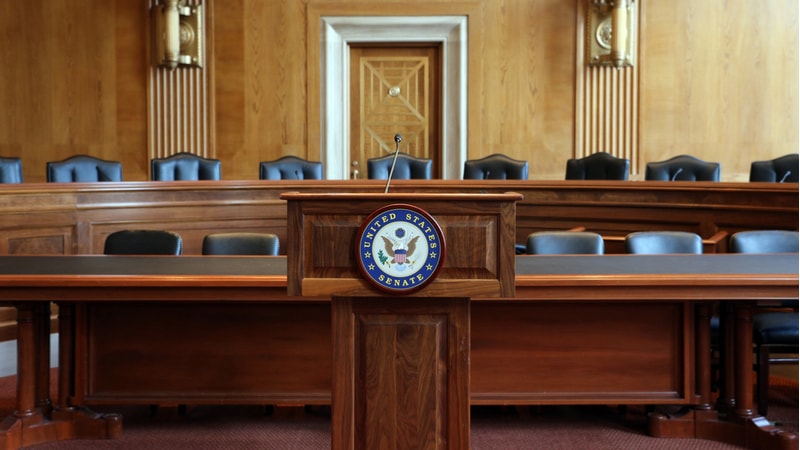
The Senate Homeland Security and Governmental Affairs Committee approved legislation on March 30 that would jumpstart IT modernization efforts for Federal agencies – but at the same time rejected an amendment to the bill that would help pay for that effort.
The committee voted unanimously to approve an amended version of the Legacy IT Reduction Act, sponsored by Sens. Maggie Hassan, D-N.H., and John Cornyn, R-Texas.
Under the approved version of the bill, CIOs at agencies would be required to compile an inventory of legacy software systems and other applications used at their agency, and detail how they fit into the agency’s mission, the expected retirement dates of the legacy systems, and the price tag for replacing them with newer technologies.
If the bill becomes law, Federal agencies would have two years to come up with IT modernization plans and would have to update those plans after five years thereafter.
“Updating government technology will save taxpayer dollars, strengthen cybersecurity and improve Americans’ interaction with Federal agencies,” Sen. Hassan said. “This commonsense bill will help ensure that the Federal government isn’t wasting taxpayer dollars or risking cyber attack simply because it hasn’t updated the necessary technology systems and equipment.”
Lawmakers often support talks of modernization in Federal agencies, but funding for the large spending budget that would come with large-scale IT modernization efforts remains a more difficult prospect.
An amendment offered by Sen. Hassan to deal with funding the modernization efforts failed to gather committee support. At the March 30 committee mark-up session, Sen. Hassan offered, “We must expand access to IT working capital funds and the [Technology Modernization Fund (TMF)] to help agencies fund their IT modernization projects in a fiscally responsible way.”
Federal agencies spend nearly $100 billion every year on their IT needs, but a significant portion of that money goes to maintaining legacy systems. Funding sources for modernization efforts include the Technology Modernization Fund (TMF) and IT-focused working capital accounts, but large-scale modernization is an expensive task these funds alone are not enough to sustain.
